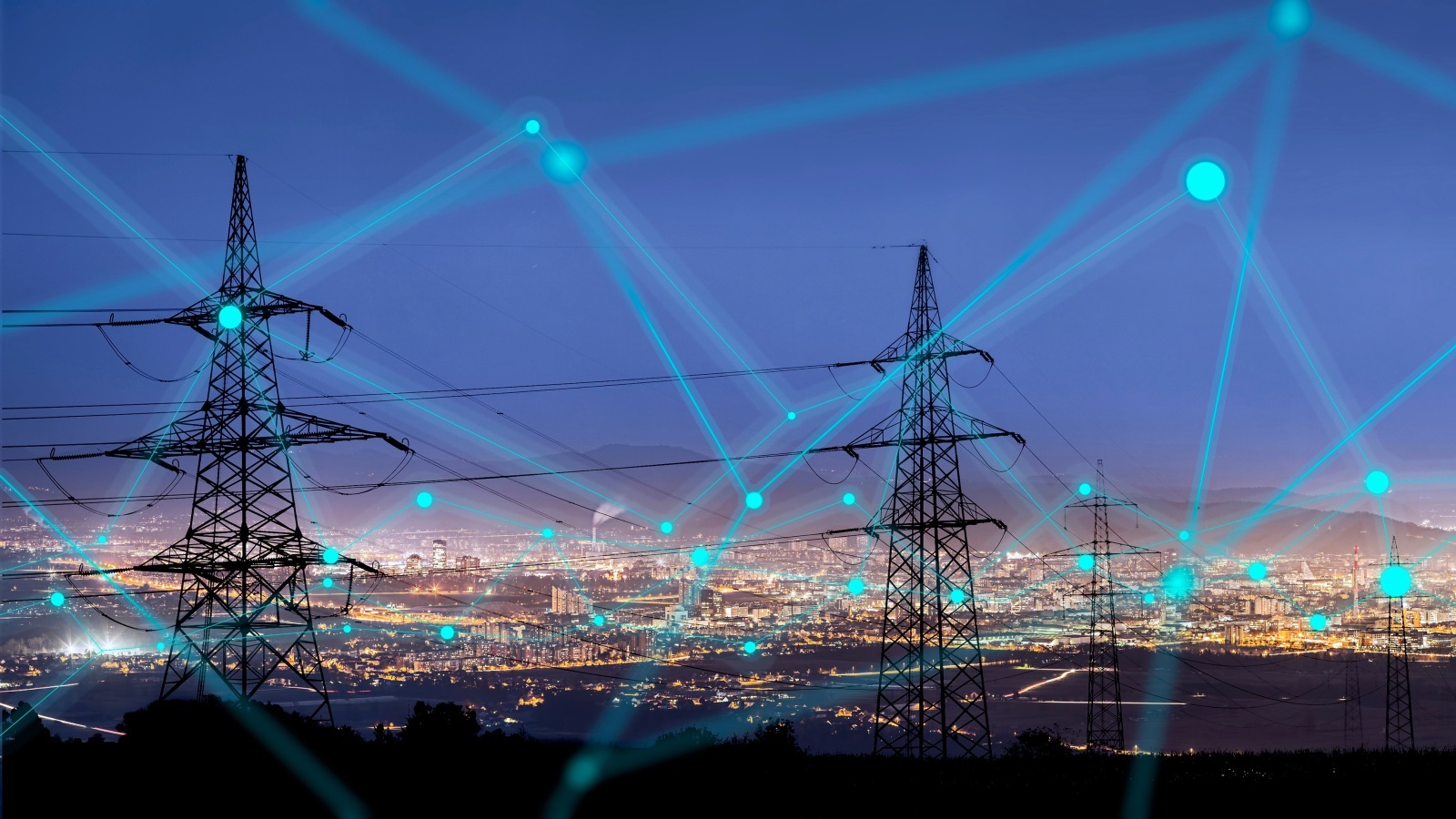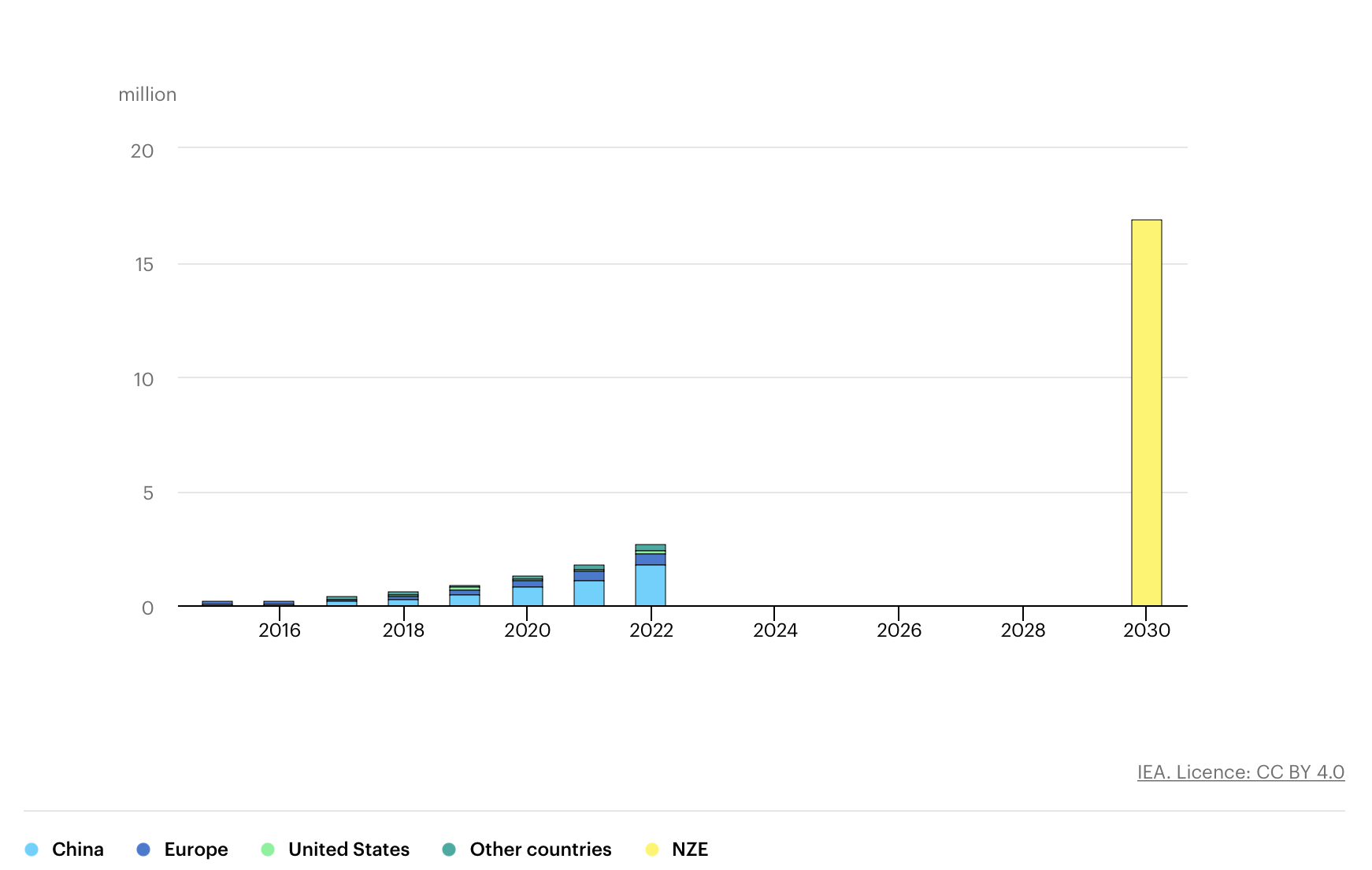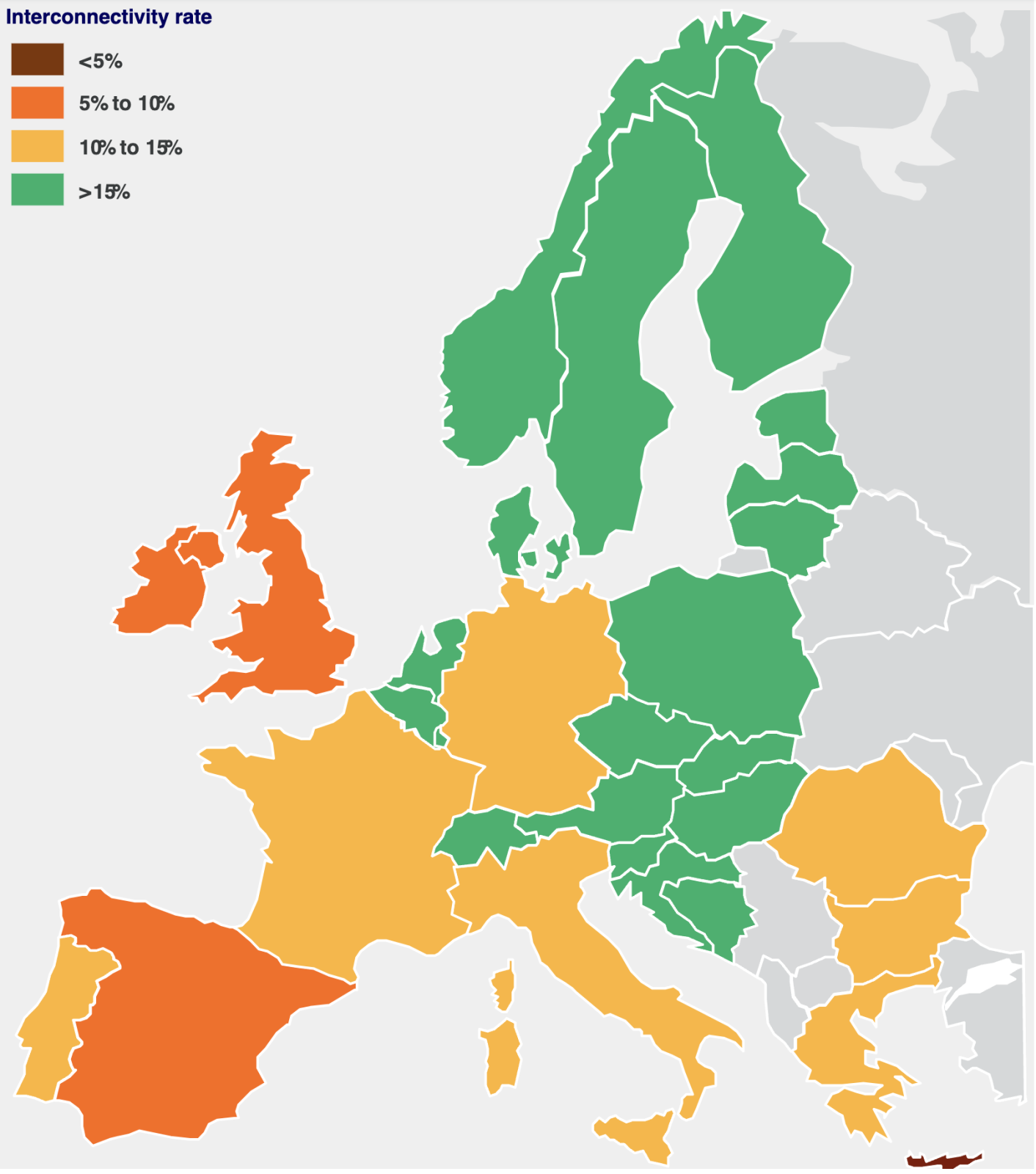
No transition without transmission: why investors are joining the electrification dots
Investors are looking at car charge points, cables, battery storage, interconnectors, and other opportunities in the broader energy transition value chain
Institutional investors are increasingly looking beyond traditional renewable assets, such as wind and solar, to focus on the broader energy transition value chain, due to high demand but limited supply in this area.
As there can be no transition without transmission, so setbacks in low profile yet critical tech like cables could imperil or at least delay the transition.
The International Energy Agency (IEA) has warned that electricity grids are not keeping pace with the rapid growth of key clean energy technologies such as solar, wind, electric cars and heat pumps. A lack of ambition and attention risks making electricity grids the weak link in the clean energy transition, the researchers wrote.
From direct investments in electric vehicle (EV) charge points to enhancing grids and connectivity between states and regions to retrofitting existing oil and gas infrastructure, the varied responses to the challenge of decarbonisation and electrification reflect the diverse opportunities.
Battery storage and EV charge points
UK pension fund NEST has a “limited risk appetite for emerging low-carbon technologies” but is keen to pursue infrastructure opportunities in the broader electrification trend.
“We are actually more focused on battery storage, low carbon infrastructure adaption opportunities, and EV charge points than we are on emerging technologies like hydrogen,” said Katherina Lindmeier, senior responsible investment manager at NEST.
Net Zero Investor's Annual Conference | 11th December 2023 | London
NEST is currently talking to its renewable energy infrastructure partner, Octopus, about the best way to allocate capital to the “nuts and bolts” of energy transmission.
She added that increased waiting times for EV charge points indicates a growing supply shortage.
Retrofitting existing infrastructure
“Electrification is a theme across our infrastructure mandates,” said Shiventa Sivanesan, assistant director of investment management and stewardship at West Midlands Pension Fund. “Our direct infrastructure investments include a group of service stations.”
This has given the fund the “opportunity to discuss with the manager” how to incorporate EV charge points into the existing infrastructure.
West Midlands Pension fund’s broader climate policy entails looking to collaborate and engage with oil and gas companies as opposed to divestment.

An interconnected electricity ecosystem
The asset manager Mercer, on behalf of its clients, has invested in EV charge points. Amarik Ubhi, Mercer’s global head of infrastructure, stressed the importance of seeing decarbonisation opportunities not as “standalone investments” but as part of a single, interconnected ecosystem.
“Some renewable energy projects already have battery storage incorporated into the design,” he said. Similarly, some EV charge point assets already include on-site battery storage, which provides extra “flexibility and versatility” in the underlying asset.
However, sometimes opportunities are difficult to find. “There is probably more capital chasing EV charge points than there are companies developing and operating them,” said Chris Lewis, EY’s global infrastructure leader. “That can make a challenging investment environment.”
There’s also a case for collaboration between EV charge point developers and real estate management funds.
Mer, a European EV charging company, aims to install approximately 450 EV charge points across more than 100 of Knight Frank Investment Management’s (KFIM) sites in the UK.
The International Energy Agency recommends that governments should continue to support the deployment of publicly available charging infrastructure at least until there are enough EVs on the road for an operator to sustain a charging network.
Also read
IEA: grids may become transition’s ‘weak link’ without fresh investments
Enhancing the electricity grid
Enhancing the electricity grid is another key “transmission” theme for investors.
This is particularly important for countries such as the UK where grid connection delays are a “top concern” for renewables developers, according to EY.
“Some renewable energy generation assets still lack the full connection to the national grid,” said Chris Lewis, EY’s global infrastructure leader. “Their ability to deliver more power than their connectivity allows is an obvious source of frustration.
Red tape – especially around planning and development – contributes to the delays, as does the availability of critical materials such as cables.
“The massive pinch point around cable supply has left many countries scrambling to work out how they can secure enough to hit their electrification targets,” Lewis said. “This is important both at the national and the international level, especially in the context of the huge increase in interconnectors.”

Bringing countries together
Electricity interconnectors are high-voltage cables that connect the electricity systems of neighbouring countries.
They enable excess power, such as that generated from wind and solar farms, to be traded and shared between countries. This ensures that renewable energy isn’t wasted and makes for a greener, more efficient power system.
They have gained additional significance from a security of supply perspective in the context of the Russia-Ukraine War and Europe’s reliance on Russian oil and gas.
The EU has high ambitions for the level of interconnections needed across Europe, and the total market has seen considerable growth in project announcements in recent years.
Private investors can also get involved.
For example, the German insurance giant Allianz has allocated capital to the €2.8 billion “NeuConnect” project that will connect the UK and Germany
"In view of the continued strong expansion of renewable energies in the future and the associated need to strengthen the grid infrastructure, NeuConnect is making a very significant contribution to the success of the energy transition,” said Christoph Holzer, managing director at Allianz Capital Partners, at the project’s launch.
The key challenges to larger-scale deployment of interconnectors are their extensive costs combined with very long development cycles that give rise to many uncertainties and risks, according to Susan Hansen, global strategist for the energy transition at Rabobank.
“We are actively looking at opportunities in interconnectors and electricity networks,” said Ubhi. “As more and more renewables connect to the grid, we need to make sure that the system can deal with the volatility associated with the increase in intermittency.”
Intermittent electricity is electrical energy that is not continuously available due to external factors, such as the availability of sunlight for solar or wind strength for wind.
Also read
Asset owners turn greener worldwide but dark clouds are gathering fast




